 Canine and human relationships go back for more than fourteen centuries. Probably the most important is that they provide companionship. Dogs are also not very demanding and offer us unconditional love, with their adoring eyes, wagging tails, and following us anywhere we go.
Canine and human relationships go back for more than fourteen centuries. Probably the most important is that they provide companionship. Dogs are also not very demanding and offer us unconditional love, with their adoring eyes, wagging tails, and following us anywhere we go.
One important aspect of the dog-human equation is that we establish ourselves as boss upfront. Dogs by nature are pack animals and there is always a leader or “alpha” dog that the others obey and respect. When we adopt a dog, we become pack members and we must assume the alpha role or live to regret it.
One way of looking at dogs is to compare them to children. They both need rules and guidelines. You need to show leadership and establish boundaries. Dogs no longer need to hunt like wolves as their association humans provides them with food. Food and play treats therefore form the basic training lures for most dogs.
The Canine Communication System is one that is based on the principle of understanding your dog, before expecting it to understand you! We talk to our dogs and they “talk” with barking. It can be helpful for you if you know how to interpret the various barks that dogs have. Also important is your dogs ear position, facial expression, and tail action. Pod has several different tones of bark; barks of delight and another for danger. Tails up and wagging can be a sign of a happy or feisty dog so you would need to look for other signs.
A dog’s brain is completely different from humans in so much as how they interpret sensory information. A dog’s brain is far simpler than a human’s brain; it doesn’t have the capacity for speech or memory. Yet he will interpret, analyze and process information in order to act based on his senses.
Every pack has an alpha dog and he is the undisputed leader. When you bring a puppy or dog home they are naturally going to try and dominate the new pack which is you and your family. It’s up to you to show that you are in fact the alpha dog here and earn the dog’s respect, and therefore obedience. Being the Alpha dog is a very important concept to not only understand but to take action on.
Your dog can learn a lot about you from your body language, your mood, your facial expressions and tone of voice. The actual words you say to your dog or even their name is irrelevant to the dog it is the tone that you use that they respond to.
Clicker training is often used in shaping the dogs behaviour. It starts by you teaching the dog to obey a command by using a treat as a reward. Gradually he will respond to the sound of the clicker at the exact moment the dog performed the task which will be closely followed by a treat. Apparently they use it to teach dolphins, did I really want my dog to jump out of water through a hoop??? Anyway I purchased a ‘clicker’ and taught him ‘down’ in 2 days…marvellous!!!.
Obedience training accomplishes two things: It establishes a bond of communication between you and your dog. Your dog learns that when you give commands, he needs to respond. When he responds appropriately, he’s rewarded for his behaviour. What he wants most is to please you, when you’re happy, he’s happy. Obedience training keeps your dog active, thinking and involved. Dogs that are active, both mentally and physically are less likely to be poorly behaved. Corrective behaviour involves both time and patience. You must be vigilant and correct your dog at times so as not to give mixed messages. Just like with children you can expect many disjointed conversations with people whilst you give a command to your dog. Fortunately, a dog learns skills faster than a child.
Some of the basic skills are maintain eye contact, sit, down, come, stay, heel, drop, fetch, ouch or leave it (the latter has been found to work with nipping puppies, if you yelp like a fellow puppy the pup will stop biting).
Most dogs are anxious to please their owners but sometimes the dog can become bored if not given enough stimulation, or frightened and intimidated if yelled at. Knowing about your dogs breed is also important, Pod is a West Highland Terrier, little dogs with a huge character making them mischievous and requiring less exercise that a Great Dane.
Sometimes dogs go through stages a little like children, the terrible twos. The dog will act up just to test you, to see if you really are the boss. But before you reach for the rolled up newspaper to discipline your dog please remember that if your dog misbehaves it is your fault for not teaching him/her correctly so hit yourself with it.Jan Fennell





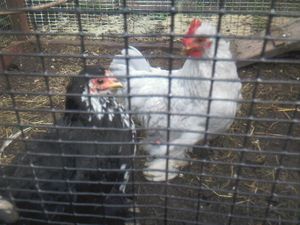
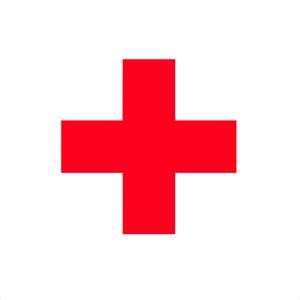

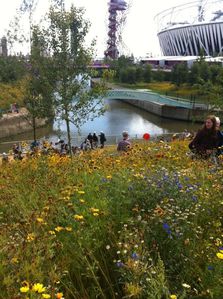


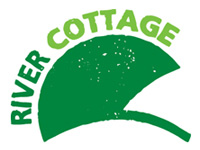
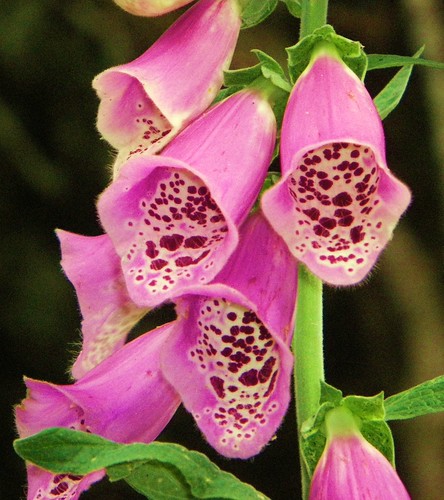
/image%2F1540244%2F20170520%2Fob_a65655_p-pod-001.JPG)